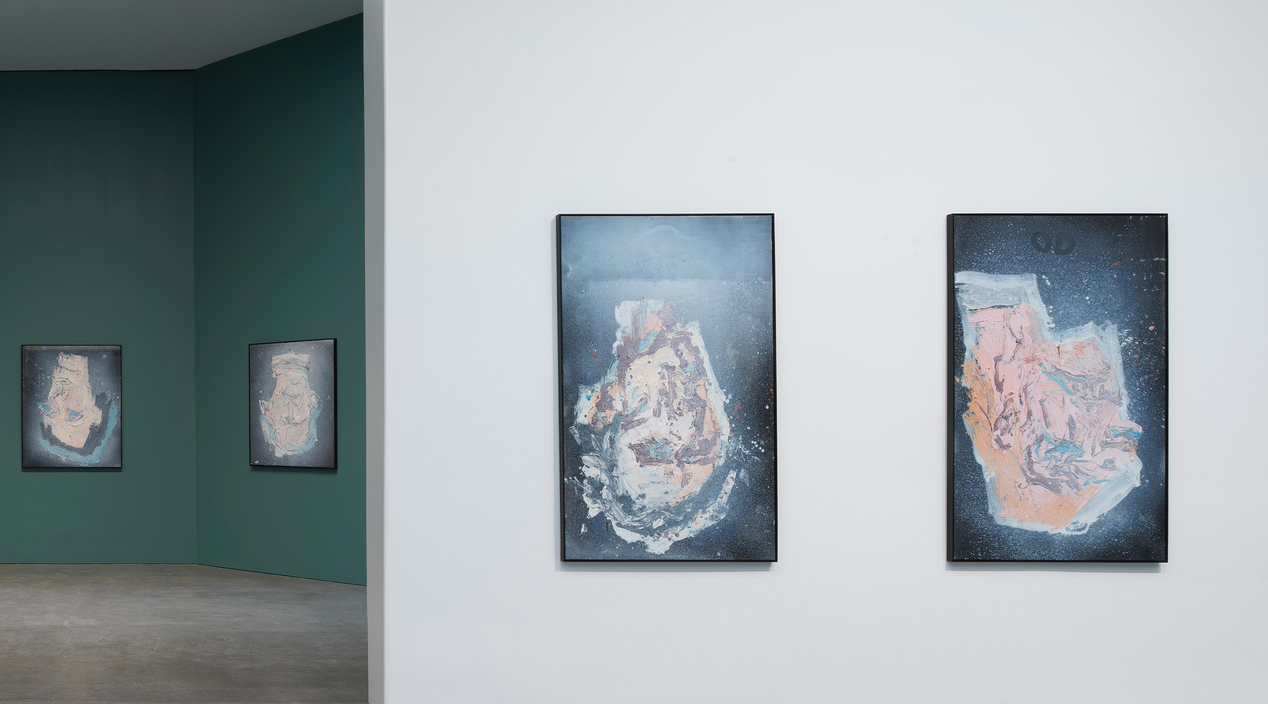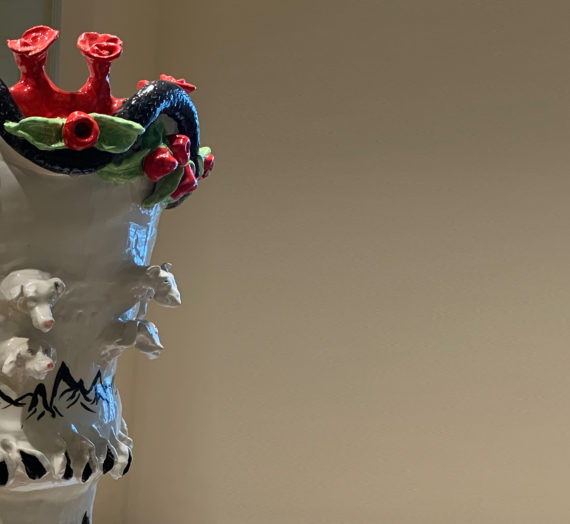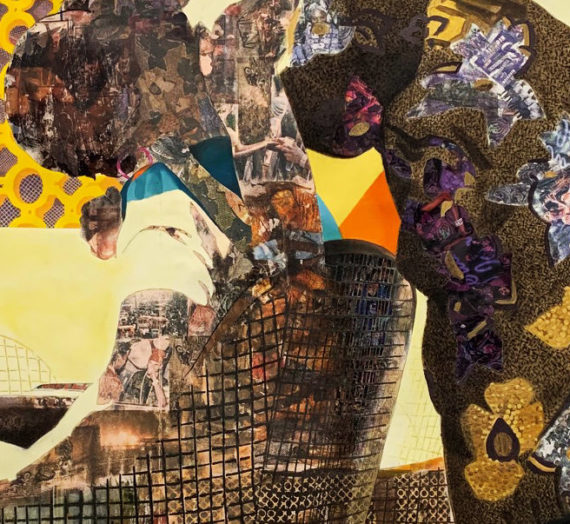GAGOSIAN GALLERY | JANUARY 24 – MARCH 23, 2019
There have always been portraits throughout art history. But more important than the subject has always been the artist himself. . . . I call this exhibition Devotion because the people I portray here are especially meaningful to me.
—Georg Baselitz
Gagosian presents Devotion, new paintings and works on paper by Georg Baselitz. A pioneering Neo-Expressionist, Baselitz employs raw, painterly gestures to create visceral compositions with an intense emotional charge. By continually reinterpreting artistic precedents—his own previous works included—he has returned the figure to a central place in painting while expanding the very definition of abstraction.
Baselitz’s interest in portraiture emerges from his fascination with memory and its inconsistencies, as well as his observation that every painting—even a portrait of another person—is the artist’s self-portrait. At the Kunstmuseum Basel, he saw Henri Rousseau’s The Muse Inspires the Poet (Marie Laurencin and Guillaume Apollinaire) (1909) and assumed that the depicted couple was Rousseau and his wife—only to discover later that the painting shows the poet Apollinaire and his muse, painter Laurencin. This realization gave rise to a new line of inquiry for Baselitz. Over the past year, he has intensified his ongoing engagement with images of the past, producing paintings and drawings based on artists’ self-portraits. As he works, in paint or ink, he recalls the effects of each portrait and captures them in his own unique style.

In this exhibition, Rousseau reappears, this time alongside the monumental heads of Frank Auerbach, Cecily Brown, Alexander Calder, Willem de Kooning, Otto Dix, Nicole Eisenman, Tracey Emin, Philip Guston, Erich Heckel, Joan Mitchell, Paula Modersohn-Becker, Piet Mondrian, Jackson Pollock, Mark Rothko, Karl Schmidt-Rottluff, Arnold Schoenberg, Clyfford Still, Andy Warhol, and others.
Devotion is much more than an acknowledgement of Baselitz’s inspirations. Each source painting slides through the complex filter that is Baselitz’s eye. And as the portraits materialize before him, Baselitz brings them into physical permanence—uniting past, present, and future at the intersection of formal precision and sincere homage.







Leave a Reply